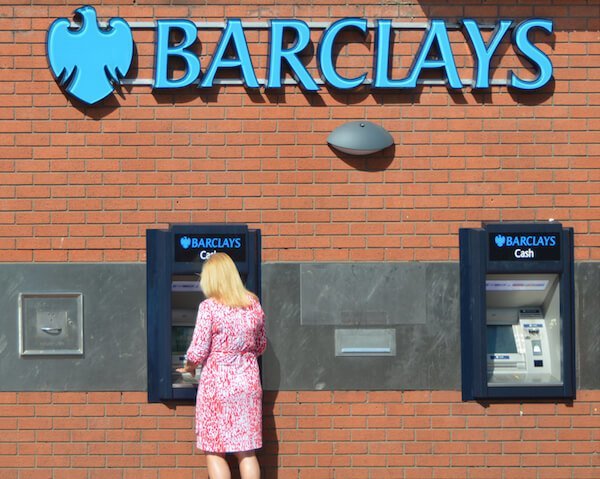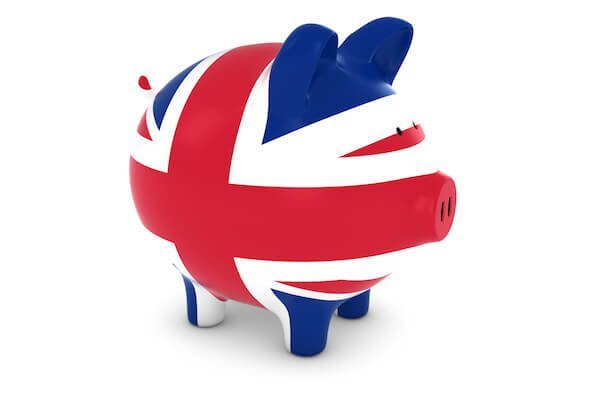Challenges of Opening a British Bank Account
When Kristin Albright’s* company relocated her from the US to the UK a few years ago, she was surprised by how hard it was to obtain a British bank account. “I walked into a high street bank and saw a huge line. When I asked if it was the line for opening an account, I was told that it was actually the line for making an appointment to open an account.” After experiencing similarly slow customer service at a few other big banks, Kristin finally found one that seemed anxious to help.
But the hassles didn’t end there. The amount of documentation required to open the account was overwhelming. Long gone are the days when just a passport did the trick. The advent of strict anti-money laundering regulations brought greater scrutiny of foreigners with spare cash. In addition to her passport, Kristin needed to provide a copy of her rental agreement, a letter from her company confirming employment, and proof of overseas assets in the form of US bank statements.
Documentation Requirements for UK Bank Accounts
Since Kristin’s frustrating experience, however, UK banks have relaxed their account application process and documentation requirements a bit. The documentation that expats need varies from bank to bank, but in general be prepared to show one proof of identity and one proof of UK residency. Here are some examples of acceptable documents:
Proof of Identity
- passport
- driving license
- identity card (for EU nationals)
Proof of Residency
- rental agreement or mortgage statement
- a recent utility bill (less than 3 months)
- a council (property) tax bill
- a recent bank or credit card statement (not printed off the internet)
- a letter from your university (for international students)
- a recent letter from your employer
10 Tips to Improve the UK Banking and Money Transfer Experience
1. Ask your home bank if it has a correspondent bank in the UK. If so, you may be able to set up your British account before you relocate. Correspondent banks provide services on behalf of other, typically foreign, financial institutions.
2. Go with a larger UK bank. As an expat, you’ll have an easier time opening an account with one of the UK’s four biggest banks: Barclays, Lloyds, HSBC, or RBS/NatWest. They’re used to serving foreigners and, because of their deep pockets, tend to be more flexible about requirements than less established banks.

3. Pre-apply for an account online. Some banks, like Barclays, let you begin the account set-up process from your home country. Once you arrive in the UK, you’ll need to visit a branch location with a reference number and proof of residency before the account goes live.
4. Contact customer service ahead of time to confirm the details. Before you wait in a long line only to discover that it’s the wrong one or that you’re missing required documentation, double check with customer service via phone or email about what the process entails exactly.
5. Consider applying for an “international” account. Major UK banks, including the big four, offer accounts designed especially for non-residents. They can be opened in a selection of currencies (Barclays offers the dollar, euro, and sterling) and a variety of locations. If you lack proof of UK residency, then this type of account may be a good option. Just beware that international accounts can be more expensive than traditional British accounts, as they often require large initial deposits, regularly recurring deposits, and monthly fees.
6. Determine whether a multicurrency account is right for you. Multicurrency accounts, such as Transferwise’s Borderless Account and World First’s World Account, let you hold and transfer money as if you had local bank accounts around the world, but all from a single online platform or mobile app. They tend to be cheaper than international accounts, because they require no monthly fees and offer better exchange rates. The money transfer companies just apply a small charge when funds move between currencies.
7. Use an online money transfer service when depositing funds into your UK account. Even though Kristin was working in the UK, her US-based employer continued to deposit her paychecks into her US bank account. To cover her living expenses, she needed to transfer a portion of these funds into her British account on a regular basis. If you need to transfer large sums internationally, use an international money transfer provider instead of your traditional bank. Transfers processed directly through banks are significantly more expensive due to both higher transaction fees and unfavorable exchange rates.
- Compare wire transfer fees at top US banks.
8. Know the rules about transfer amounts. In order to avoid triggering a red flag from the US government, Kristin was sure to transfer less than $10,000 per month into her British account. By US law, banks must report all cash transfers to foreign countries that exceed this threshold, as well as transfers that evoke suspicion for other reasons. Before you begin transferring money internationally, check with a financial advisor to understand how anti-money laundering regulations affect you.
9. Be smart about ATM usage. Just like in the US, ATM withdrawals are free in the UK if you use one of your bank’s ATMs. Otherwise, you’ll incur a charge between £1.50 and £3 per transaction. If you decide to explore other countries while based in the UK and you use a foreign ATM, be sure to request cash in the local currency. That way, you’ll avoid poor exchange rates.
10. Take advantage of the UK’s mobile payment technology. Once Kristin got her bank account set up, she discovered that it was all downhill from there. London seemed to be much more advanced than the US when it came to the adoption of mobile payment technology, including contactless payments. Paying for the tube or for groceries just involved a quick tap or swipe.
There are many daunting aspects of relocating to a foreign country, but how you hold and move your money needn’t be one of them. If you follow the above tips and use our tools to compare foreign exchange rates and send money online, you’ll have one less cultural transition to worry about.
*name changed for privacy








